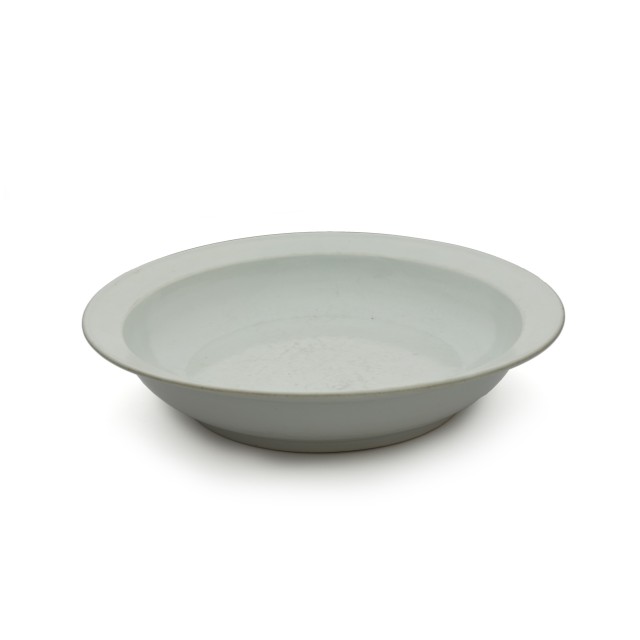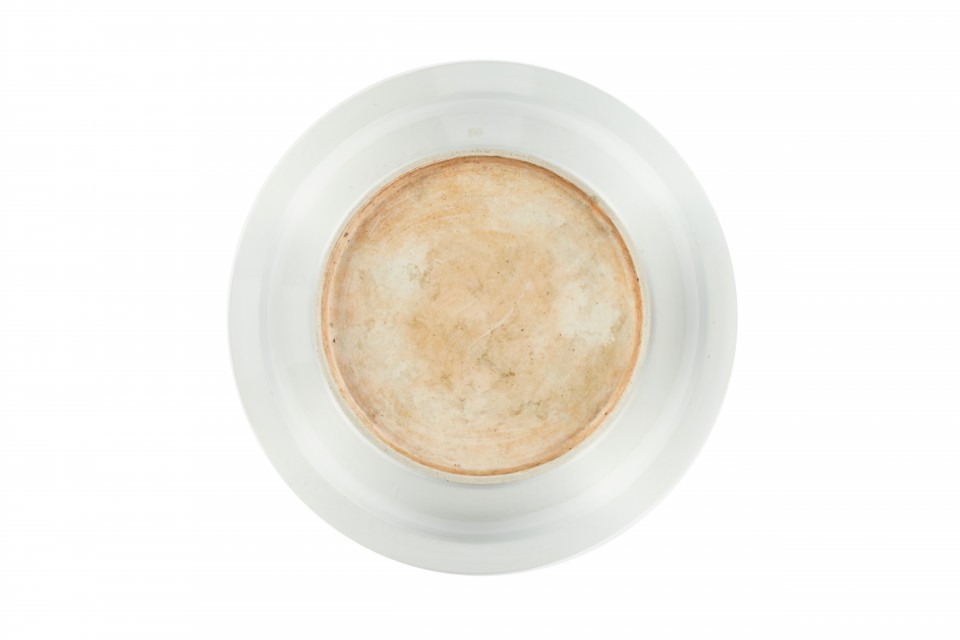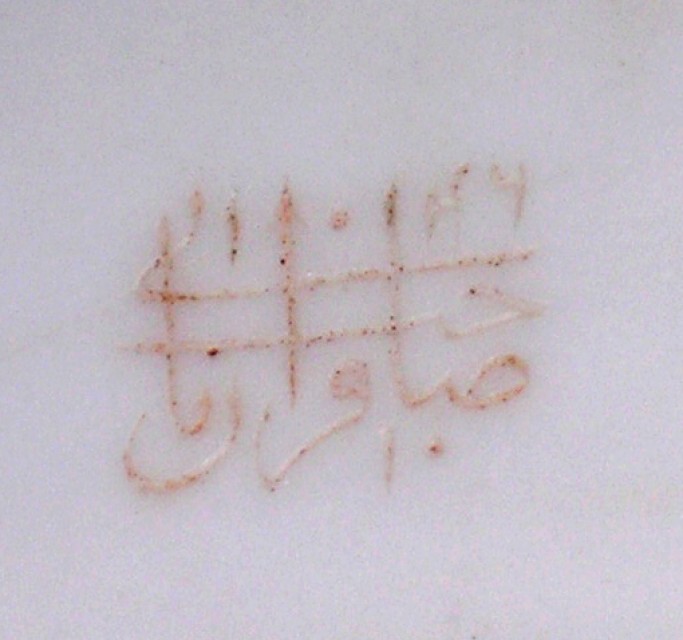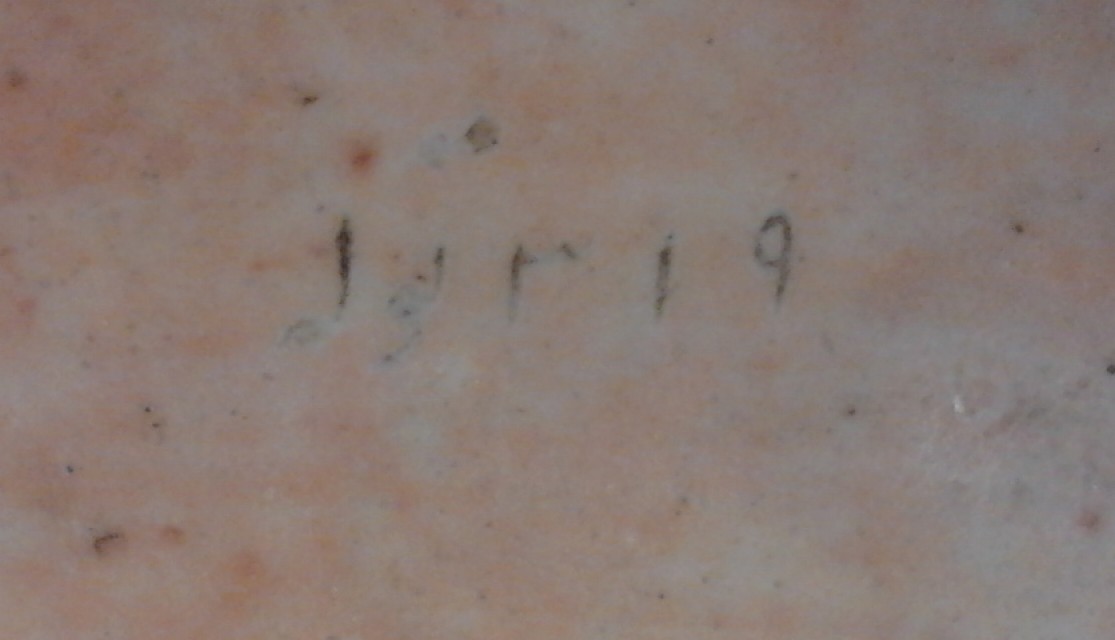
Platter

Photography by Synthescape, Digital image © Asia Society

Photography by Synthescape, Digital image © Asia Society

Photography by Synthescape, Digital image © Asia Society

Detail of inscription on glazed exterior
Digital image © Asia Society

Detail of inscription on unglazed foot of platter
Digital image © Asia Society
Platter
Late 14th-early 15th century
China, Jiangxi Province
Porcelain with glaze (Jingdezhen ware)
H. 3 1/2 x Diam. 17 3/8 in. (8.9 x 44.1 cm)
Asia Society, New York: Mr. and Mrs. John D. Rockefeller 3rd Collection, 1979.150
Licensing inquiries
This large, glazed porcelain platter has the Indian Mughal emperor Shah Jahan's name inscribed in the glaze on the exterior (and the weight inscribed on the base). Shah Jahan (reigned 1627 - 1658) is famous for his patronage of the arts -- in particular, the building of the Taj Mahal -- and he is also known to have been a collector of ceramics. Although there are no extant imperial collections from either the Mughal or Rajput courts of India comparable to those found in Turkey or Iran, and much less is known about the nature of imperial collecting in India, references to Chinese porcelains found in imperial Mughal memoirs and European accounts of this court make it clear that they were held in high regard. It is not clear why the Mughal emperors had certain pieces such as this platter inscribed with their names, but it is possible that the names were engraved as marks of ownership or lineage. Although this platter has no decoration, it has been suggested that a gold pigment once may have been painted over the glaze, as similar platters with this type of decoration are known.




